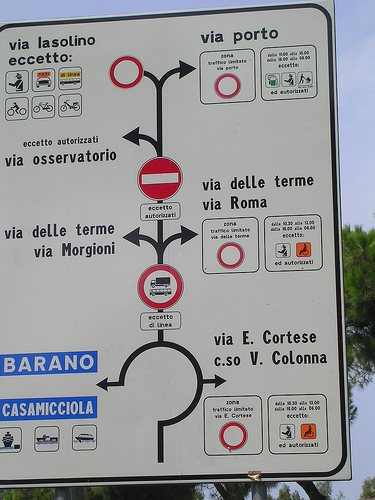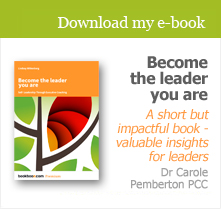Chaos and organisational life

Confusion. Instability. Chaos.
I’m encountering these issues more and more frequently in my coaching sessions. Senior people holding significant responsibility are sometimes struggling with lack of clarity around a whole range of issues: where their job boundaries are, what’s expected of them, how their performance will be evaluated, what’ll ensure or inhibit their continued future in their roles – and of course in our rapidly-changing world, where the next competitive threat will come from, whether a competing product or service or the leakage of their talent. Not only does this diminish their motivation, because they have no clear sense of progress, but it also causes the kind of overwhelm and stress that depletes confidence, stifles hope and destroys health.
Some of my clients operate in a kind of chaos: constantly changing goalposts on a playing field whose shape and dimensions seem to be constantly changing too, alongside constantly shifting relationships – relationships that felt safe yesterday but feel precarious today.
My sense is that the drive for speed, for getting more out of less (including people) and for treating people as commodities rather than valuing them as humans have something to do with it.
However, the fact remains that leaders need not only to survive, but to thrive, and to enable their teams and their organisations to thrive in contexts where the basic human needs for certainty, autonomy and relationships are denied to them (for more on these needs or motivations, see the article on his SCARF model by neuroleadership specialist Dr David Rock).
What strikes me when I’m coaching clients in such situations is the tension between the organisational requirement (or more frequently pressure) to achieve high-impact, large-scale, significant results on the one hand and the individual leader’s fundamental need to get the basics in place before they can deliver any kind of result at all in the confusion and chaos: to find a calm place in themselves where they can think both objectively and creatively, to feel a degree of trust and consistency in their relationships, to know what matters to them and to feel able to hold on to those values. To feel safe in their vulnerability.
I’m struck by the irony that while their organisations are demanding big results, what these leaders really need is the simplicity and peace to know who they are and that they have the resources to sustain and nourish themselves.
Often an exercise in mindful breathing – time out from the maelstrom – is enough to begin to restore the balance through the most fundamental and life-sustaining activity that a human being can engage in. Then the priority is self-care (which often seems counter-intuitive to a leader racing to survive). And then what helps is to begin to rebuild structures that can contain and order the chaos: identify and build a small number of key relationships, define organisational and personal purpose, regain a sense of identity – where the individual’s place is within the purpose, set success measures (how ever modest or short term), and know what it is that really matters.
Basic, fundamental, modest stuff. But without it no real results are possible, let alone ambitious ones.


